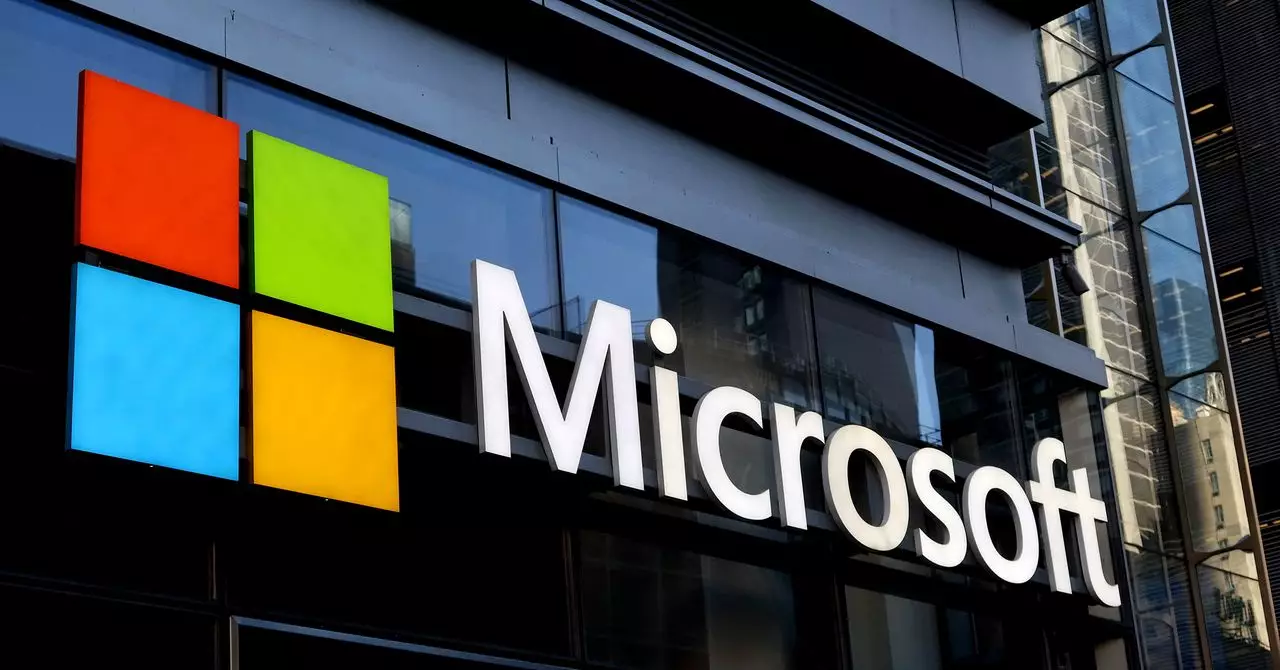Microsoft has introduced a groundbreaking AI system that promises to dramatically transform medical diagnostics and healthcare costs. Far from incremental advancements, this AI approach signals a major shift by emulating the nuanced diagnostic reasoning of human physicians. The technology combines multiple leading AI models—including OpenAI’s GPT, Google’s Gemini, Anthropic’s Claude, Meta’s Llama, and xAI’s Grok—under one orchestrated framework known as the MAI Diagnostic Orchestrator (MAI-DxO). This multi-agent system collaborates through a “chain-of-debate” style interaction, effectively simulating a team of expert doctors working together to diagnose patients with remarkable accuracy.
Beyond Traditional AI: Mimicking the Diagnostic Process
What sets Microsoft’s diagnostic AI apart is its methodical replication of the iterative diagnostic workflow typically performed by doctors. Where many previous models could provide a diagnosis based solely on static patient information, this new system breaks down cases into stepwise evaluations, such as symptom assessment, selective test ordering, and reanalysis of results. This process-oriented design not only bolsters accuracy but also helps optimize cost-efficiency by recommending less expensive but effective tests and procedures. Indeed, in an evaluative trial using 304 cases from the New England Journal of Medicine, MAI-DxO achieved an 80% diagnostic accuracy—four times that of a panel of human physicians, who managed only 20%. At the same time, it reduced diagnostic costs by 20%.
The Power—and Risks—of Combining Multiple AI Models
By harnessing the unique strengths of different AI architectures simultaneously, Microsoft has constructed an orchestration framework that surpasses the capabilities of individual language models. This strategy is a clever pivot away from the common “one-model-fits-all” approach, intelligently leveraging a collective intelligence effect. Yet, this orchestration raises crucial questions about transparency, reliability, and trust in AI decision-making, especially in high-stakes contexts like healthcare.
Despite undeniable progress, medical AI systems must still confront deeply embedded challenges—most notably, data bias. Because training data often skews toward dominant demographics, AI-based diagnoses risk perpetuating health disparities or producing unreliable outcomes for underrepresented groups. Microsoft has not fully disclosed how their system addresses these concerns, underscoring the need for rigorous, ongoing validation.
Implications for the Healthcare Industry
Microsoft’s innovation arrives amid growing pressure to reduce healthcare costs without compromising quality. The ability of AI to select cost-effective tests and streamline diagnosis offers tantalizing possibilities for the notoriously expensive US healthcare system. Moreover, the company hints at broader applications beyond diagnostics—potentially integrating AI into platforms like Bing for consumer self-assessment or developing tools to assist medical professionals in treatment management.
That said, widespread adoption will hinge not only on technological maturity but also on regulatory approvals, ethical safeguards, and effective clinician integration. The current model’s impressive accuracy on curated case studies will require extensive real-world testing to validate its reliability across diverse clinical environments.
A New Chapter in the AI Talent Race and Research Landscape
Microsoft’s recruitment of prominent AI experts from Google reflects the intense competition among tech giants to attract top minds capable of driving AI innovation to new medical frontiers. This war for talent highlights how AI’s potential to revolutionize medicine is now a critical strategic battleground.
The project also represents a logical evolution in AI medical research, improving on prior models by more accurately simulating the reasoning pathways a skilled physician uses. This, arguably, moves AI closer to what executive Mustafa Suleyman calls “medical superintelligence”—a level of diagnostic prowess that could fundamentally redefine healthcare delivery.
An Ambitious Future with Cautious Optimism
While the promise of medical superintelligence is undeniably thrilling, it is essential to maintain a balanced perspective. Technology alone cannot solve every healthcare challenge; human oversight, careful design to mitigate bias, and transparent communication remain indispensable. Nevertheless, Microsoft’s approach is a bold example of how thoughtfully engineered AI collaboration can push diagnostic accuracy and efficiency to unprecedented levels, potentially ushering in a new era of smarter, more accessible healthcare for all.

